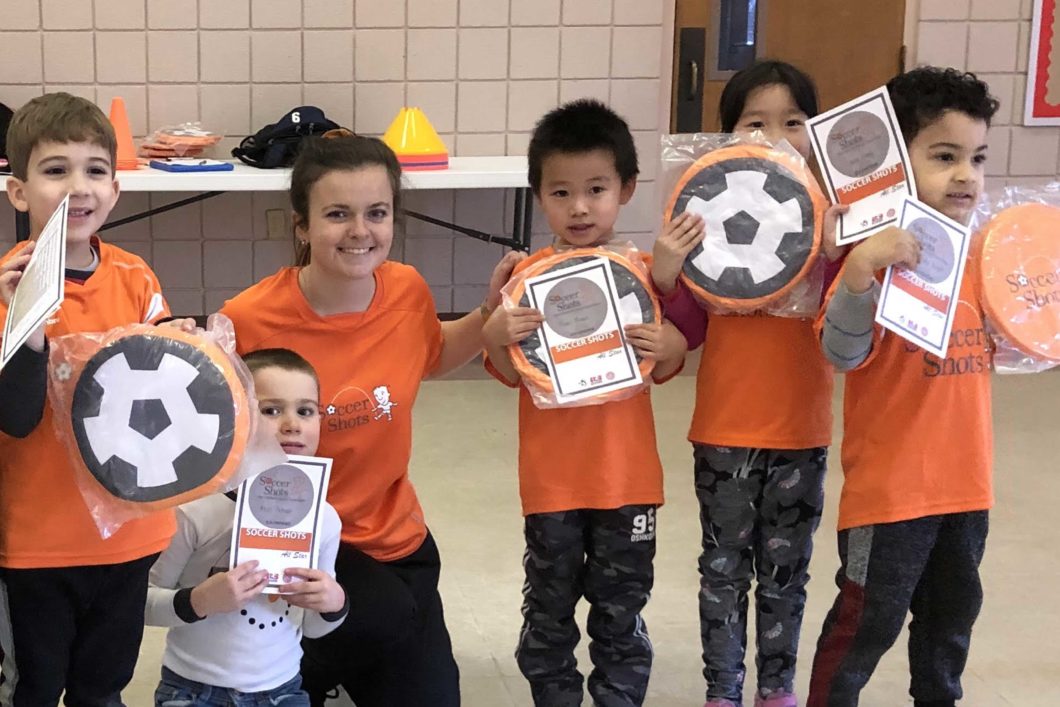When I’m not going to class or studying, I coach kid’s soccer. The sport was something I enjoyed playing as a young child and now I get to work with children by teaching them the game I love. However, it’s not always easy being “Coach Holly” and I’ve developed some unique skills that’ll be extremely beneficial as I prepare to start my career as an SLP.
Cultural Uniqueness
Because soccer is a worldwide sport, kids from many different cultural backgrounds participate in youth soccer. Through coaching these kids, I’ve been exposed to a variety of different cultures and languages. The majority of the families I work with speak Spanish, Mandarin, and Portuguese, and many of the parents have limited English proficiency. Several of the children I coach are dual language learners, with English as their secondary language.
I only speak English, so sometimes this makes communication challenging when practicing drills. During these moments, I’ve found it’s important to make sure that the children understand the concept of the drill before moving on to actually practicing them. I make sure every child understands they’re part of the team.
When working with dual language learners and their families, it’s important to learn to recognize differences from your own. Showing the acknowledgement of one’s own values that are different from others will build positive relationships moving forward.
Breaking the Language Barrier
Learning about different cultures is something that’s always interested me and is crucial in the field of CSD. With my CSD coursework, I have a better understanding of my soccer kids’ communication needs so I can better support them. I love that I’m able to use this experience and my knowledge of building positive relationships with dual language learners into my future career as an SLP.
I’ve found the following tips to be helpful when communicating with the parents and kids that I coach who have limited English proficiency—they might be helpful for you too:
- Acceptance: Learn about languages and cultures that aren’t like your own in order to eliminate insensitivity or ignorance.
- Understanding: Be sure each child understands the concept of a skill before moving forward.
- Inclusion: Make sure each child feels like they’re a part of the group.
- Repetition: Repeat directions at a slower rate to help get your message across.
- Visual Aids: Incorporate actions or visual aids to support your message.
- Simplicity: Use simple words—avoid jargon, figures of speech, or complex words.
- Show Emotion: When the child does something correctly, praise them with a warm smile and a cheerful tone of voice.
- Deep Breaths: Language barriers can be challenging for everyone involved. It’s okay to mess up in these situations. Just breathe, admit when you don’t understand something, and find a way to move forward.
Most importantly, be respectful. Having respect towards the person you’re trying to communicate with will always make the situation better! Be patient and aware that this process takes trial-and-error to find what works best. Be supportive of those dual language learners working to learn another language. By doing so, everyone wins!

